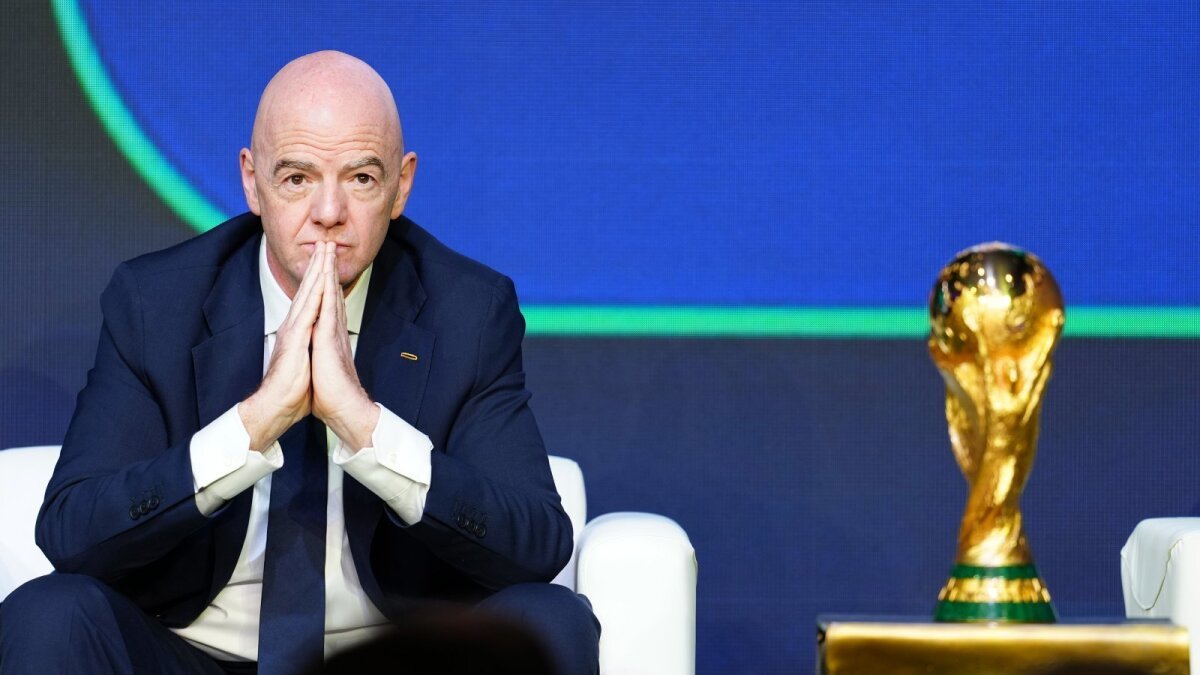Stolen Buddhist statues must be returned
Stolen Buddhist statues must be returned
Posted October. 09, 2013 07:12,
Tsushima, a Japanese island only 50km away from Busan, has two sides from a Korean perspective. On one hand, it had been a base of Japanese pirates that often appeared on Korean coasts. According to historic records, the pirates who were staying in Tsushima sailed through the South Sea of Korea and plundered Korean towns reaching up to Chungcheong, Gyeonggi and Pyongan Provinces. On the other hand, the island was a strategic point to intermediate trade between Korea and Japan thanks to its geographic advantages. When the exchange between the two nations was suspended after the Japanese invasion of Korea in 1952, Tsushima played the role of an active mediator between Korea and Japan and helped Korea send a delegation to Japan.
Last year, two Buddhist statues that had been kept in a temple and a shrine in Tsushima were smuggled through the Busan Port in October by a Korean crime ring, raising controversies around the nation. Of the two pieces, the Seated Avalokitesvara Bodhisattva Statue was found to have been enshrined in the Buseoksa Temple in Seosan, South Chungcheong Province in 1330. The statue was seized and is currently in the custody of police along with the Gilt-bronze Standing Buddha, the other statue stolen by the crime ring. Although the Cultural Heritage Administration of Korea originally showed signals to return them to Japan according to the UNESCO convention, the return has been postponed because a provisional disposition filed by the Buseoksa Temple was accepted by the court. The Korean temple claims that the ownership of the statue belongs to them.
Korea has a tragic history of being robbed of numerous cultural properties. It is only estimated that about 150,000 pieces of cultural assets had been smuggled overseas during the late years of Joseon and the Japanese colonial period, but the actual number may exceed this. The governmental statistics shows that only 9,751 pieces, 6.5% of the total, have been reinstated to Korea so far.
Korean cultural properties were exported overseas for different reasons. Most of them were plundered or illegally taken to foreign nations, but some were sent out for diplomatic and trading purposes or were purchased by foreigners through legitimate measures. For instance, during the Goryeo Dynasty, many orders for Buddhist paintings were placed by neighboring nations, and the export of Goryeo celadon porcelain was vibrant. In addition, there are historic records that during the Joseon Dynasty, Japan had made a request for Buddhist scriptures to Korea 65 times and 45 collections were sent out in response.
What Korea should redeem is its cultural assets that were illegally taken by foreign nations. However, in this case, the distinction between perpetrator and victim is unclear. If the Japanese pirates plundered the statue from the Buseoksa Temple in the 14th century, Korea becomes the victim. However, when based on the fact that the two statues were stolen from Tsushima, victims are the temple and the shrine in Tsushima.
There are two international conventions to deal with illegal cultural properties, namely the 1970 UNESCO Convention and the 1995 UNIDROIT Convention. And the UNESCO Convention is the one joined by both Korea and Japan. This convention states that illegally-acquired cultural properties must be returned in principle while those acquired in good faith be protected. This may not be a satisfactory rule for Korea that has always suffered loss, but this is still the universal rule.
700 years after the statues enshrinement in the Buseoksa Temple, it is practically too difficult to prove that the statue was taken to Japan illegally. Given that Tsushima was a base of Japanese pirates, there is a strong possibility of illegal acquisition. But considering that the island was a strategic point for the Korea-Japan exchange, other possibilities cannot be ruled out. What is clear now is that the statues were stolen from Tsushima by Korean smugglers.
As the theft of the statues and Koreans sentiment against their return are reported, the special exhibitions on Baekje Dynasty jointly hosted by the national museums of the two nations in 2015 have been stalled. The exhibition in the National Museum of Korea has been cancelled while the exhibition to be held in the Kyushu National Museum in Japan has been downsized reportedly because Japanese owners of Baekje artifacts are reluctant to offering their collections for the exhibition.
The redemption of illegally exported cultural properties usually takes long time. Korea is a country that has a lot to redeem. 56% of the redeemed cultural properties so far were returned in the form of donation. Speaking to the heart of collectors is more important than negotiations between governments. The statues from Tsushima, which came to the hands of Korea illegally, should be returned to Japan under the international convention.
Korea should approach this issue separately from the recent conflicts with Japan. Koreas export of cultural content in 2012 reached 5.2 billion dollars (5.2 trillion won). Korea is not the only country facing the issue of redeeming stolen cultural properties. Korea needs to deal with the issue in a way that befits its status as a culture exporter. The world is keeping an eye on how Korea will handle the case.





![10번 북송된 그녀, 73만 유튜버 되다…탈북 유튜브 ‘유미카’ 뒷이야기[주성하의 북에서 온 이웃]](https://dimg.donga.com/c/138/175/90/1/wps/NEWS/IMAGE/2025/12/12/132938957.1.jpg)
![‘친구’란 말에, 치매 아버지는 고향땅 800평을 팔았다[히어로콘텐츠/헌트①-上]](https://dimg.donga.com/c/138/175/90/1/wps/NEWS/IMAGE/2025/12/14/132961909.1.jpg)
